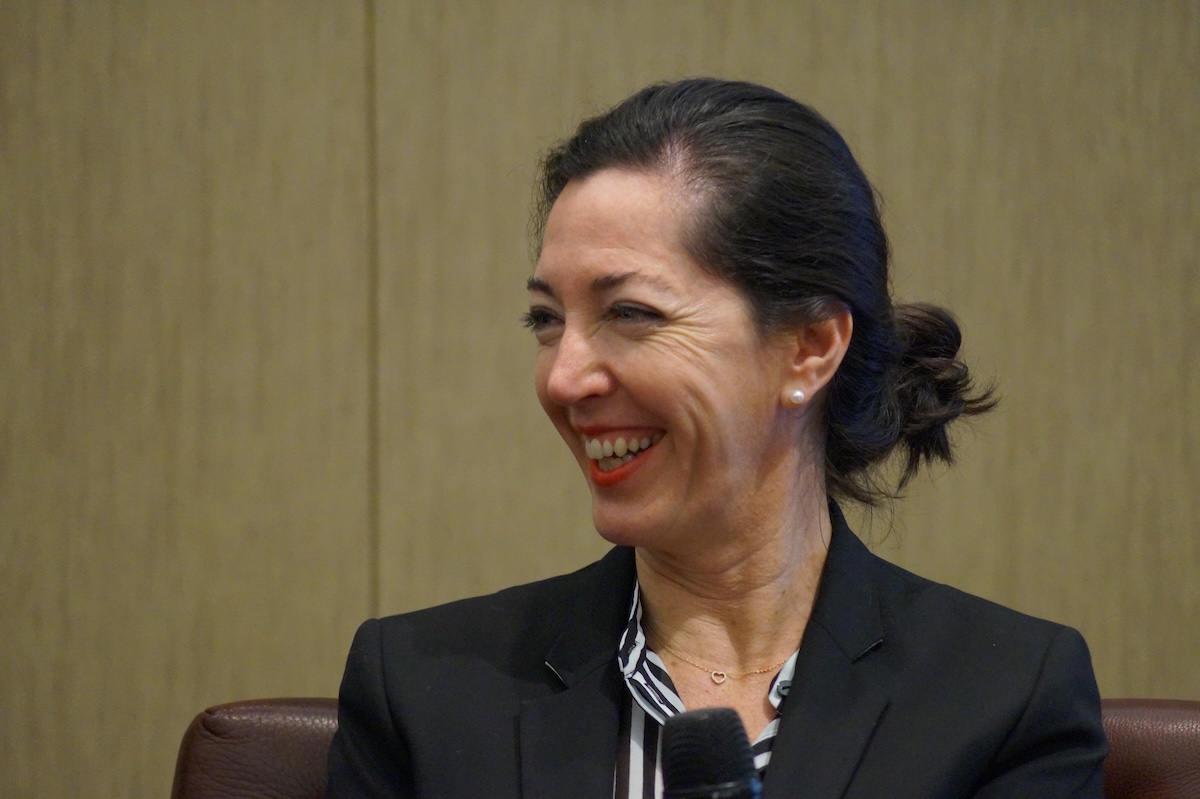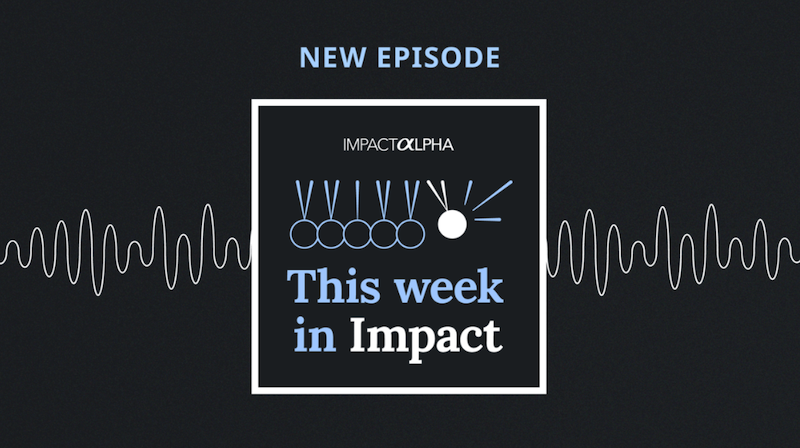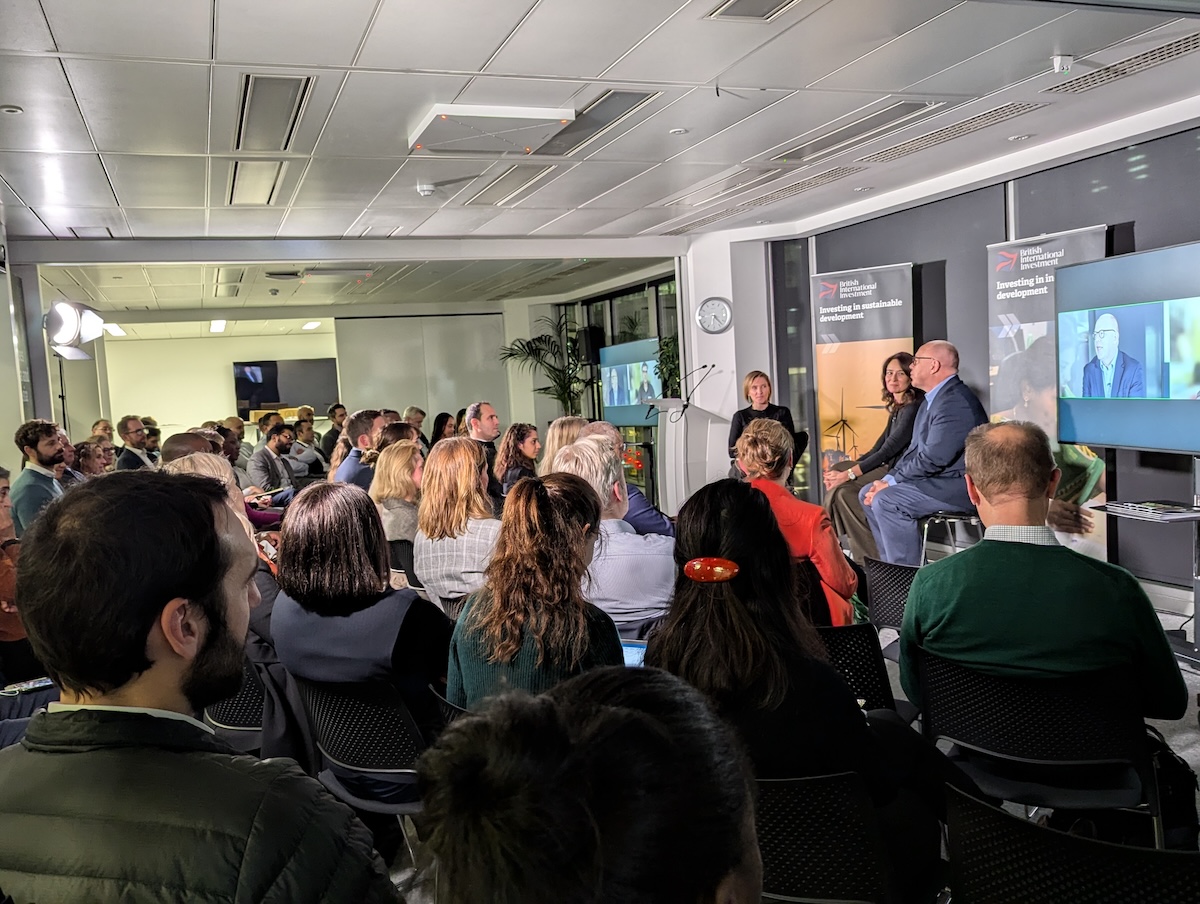Whether or not investors have to trade off financial returns for social or environmental good is a stubbornly sticky question in impact investing. What if it’s the wrong question?
An analysis by British International Investment of more than 200 of our investments found that trade-offs weren’t showing up between financial returns and impact, but rather between financial liquidity and impact.
Impactful investments can be found along the financial-return spectrum. BII’s portfolio of impact investments shows that financial returns tend to be a function of product, sector or geography, rather than targeted social and environmental benefits. But higher impact is correlated with lengthier investment timelines.
Liquidity trade-off
In 2022, BII set out to deliver on a range of impact and financial objectives as part of a new five-year strategy. Our strategy’s explicit intent was to maximize impact, with the constraints of meeting a set financial return hurdle and managing within risk limits.
Because of the complexity and ambition of our goals, we developed an asset allocation framework to construct a diversified portfolio across products, sectors and geographies and also across the impact objectives of inclusion, sustainability and productivity. This is a first-of-its kind framework: investors are increasingly using an impact lens for asset selection, but few are applying an impact lens to total portfolio construction.
We defined consistent ways to measure impact, risk and return for the portfolio. Further, as a patient investor, we felt it was important to add a lens on liquidity to ensure the portfolio could generate sufficient cash or dividends to make new investments each year.
We then tested the relationships between impact, risk, return and liquidity to optimize our portfolio.
Notably, we didn’t find any significant relationship between impact and financial returns, nor between impact and risk. We did however discover a liquidity premium for impact and risk: greater-impact investments take longer to realize returns or generate less cash compared to other investments over a similar time frame.
This is not wholly surprising. Greater-impact investments in BII’s portfolio are more likely to be based in less developed capital markets, nascent sectors and/or in early-stage companies. These investments are still able to generate positive returns – they just take longer to realize.
These findings hold true across the universe of deals that a development finance institution like BII would consider: in Africa or Asia, and in companies, funds or projects where development capital provides “additionality,” or financial and non-financial services that private investors would not.
Portfolio-level thinking
An example from the BII portfolio that brings this finding to life is the African Forestry Impact Platform. This recent investment has some of the greatest potential for impact in our portfolio, supporting climate change mitigation, adaptation and resilience, inclusion – by creating economic opportunities for low-income communities – as well as contributing to productive economic growth. Sustainable forestry and nature-based solutions still require long-term patient capital, however; in partnership with Finnfund and Norfund, BII set up this platform as a permanent capital vehicle, accepting that it will take a longer time frame to achieve financial returns, given the impact we want to achieve.
Similarly, BII’s Catalyst portfolio – a separate pool of capital that targets enhanced impact and has a more flexible approach to risk – delivers greater impact compared to the rest of BII’s investment portfolio but has, on average, lower liquidity and realized returns.
Our analysis debunks a persistent belief that there is a negative relationship between impact and financial returns. Indeed, we found no statistically significant relationship between impact and returns.
Of course, our analysis takes a portfolio-level view. It does not mean that a financial return versus impact trade-off never exists for individual assets. Impact investors such as BII may deliberately accept lower returns for higher impact. In some cases, we may even create this trade-off intentionally, as in the case of impact-linked financing, where we contractually accept lower returns in exchange for greater impact.
What our framework has allowed us to do is move away from a deal-by-deal approach to a portfolio approach to impact, and to consider how investments fit into different quadrants of our multi-dimensional approach but collectively enable us to achieve our objectives. Not only has this removed some of the frictions within the organization, but it has opened up a broader range of investable opportunities.
This finding could be meaningful for other investors like BII that can invest on patient terms and tolerate lower liquidity for greater impact. We can do this when we think there is enough counterbalance elsewhere in our portfolio.
BII has published a paper to support investors looking to embed impact in their portfolio construction. We encourage other investors to consider this holistic approach to portfolio construction, and to publish the relationships they see in their portfolio. Even if our mandates are different, more proof points on trade-offs are needed.
Swetha Balachandran is the head of asset allocation and portfolio optimization at BII. Martina Castro is the head of impact analytics and insights at BII.
Yasemin Saltuk Lamy is the former deputy CIO and head of asset allocation at BII. She recently joined Legal & General as managing director of institutional retirement.












